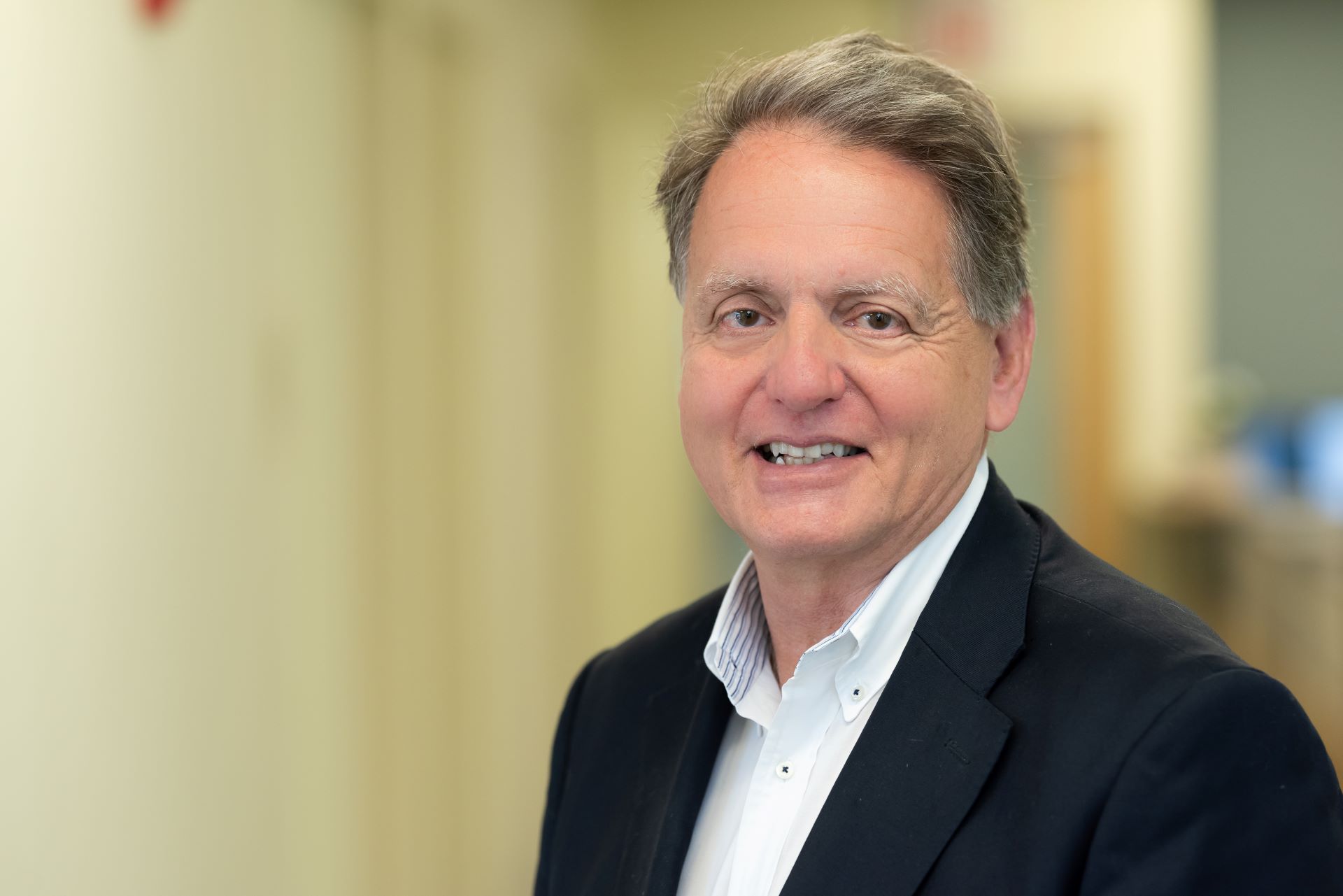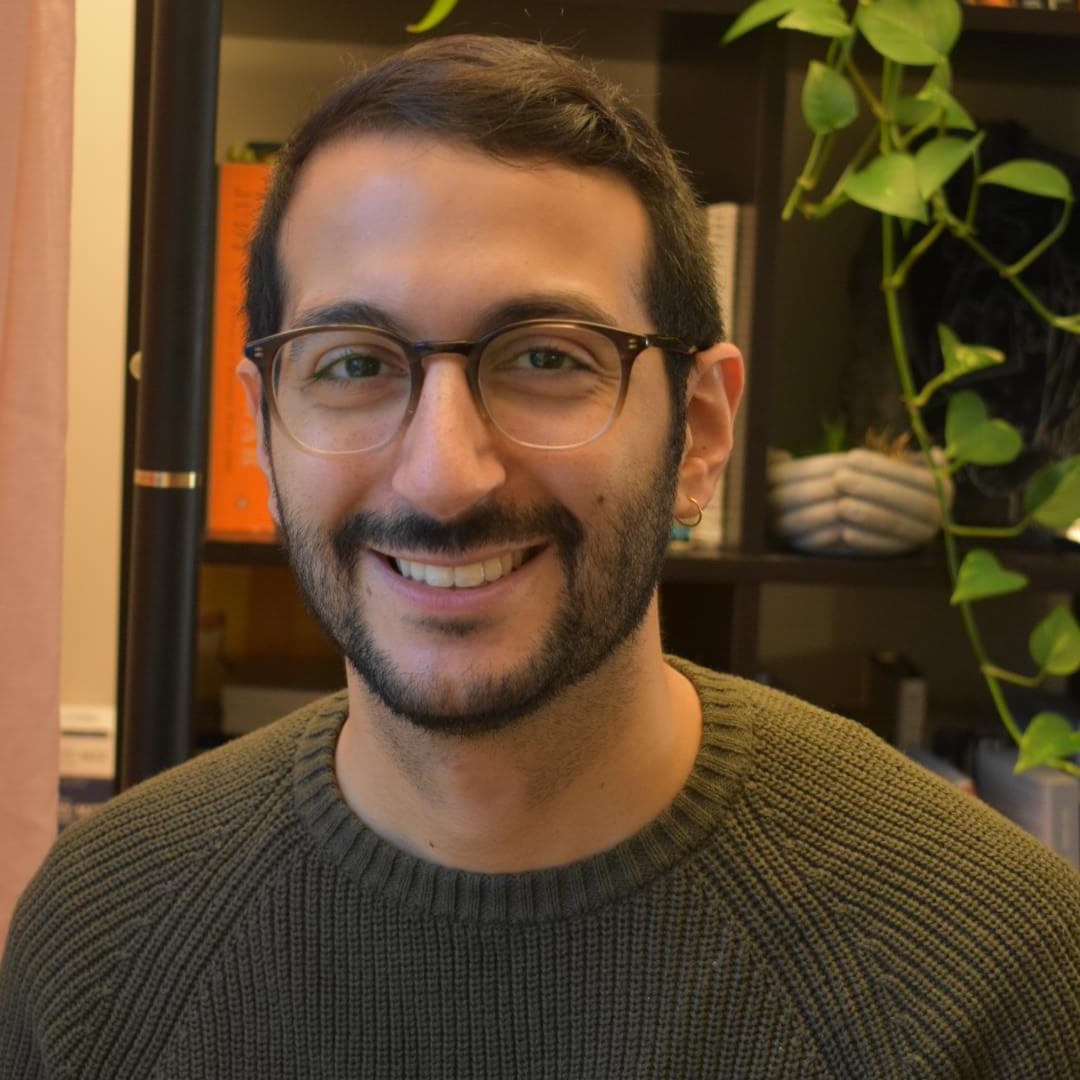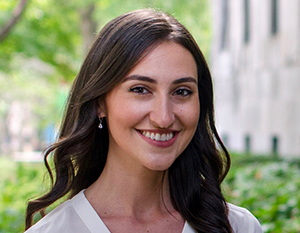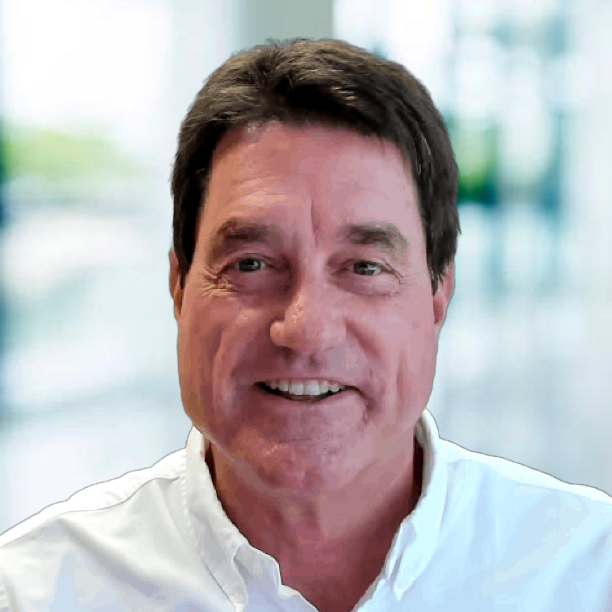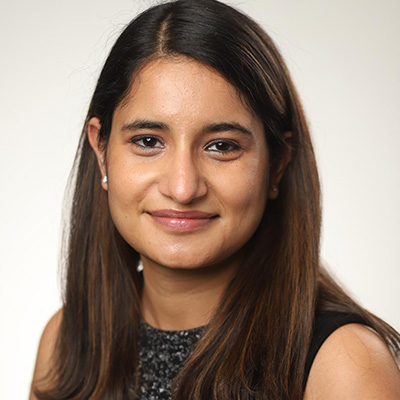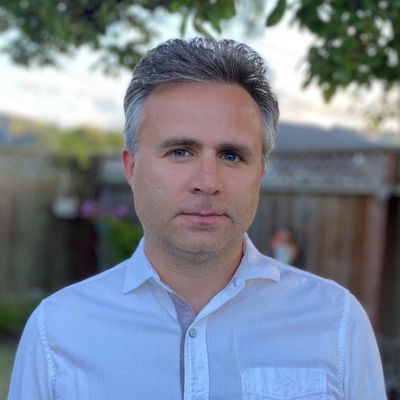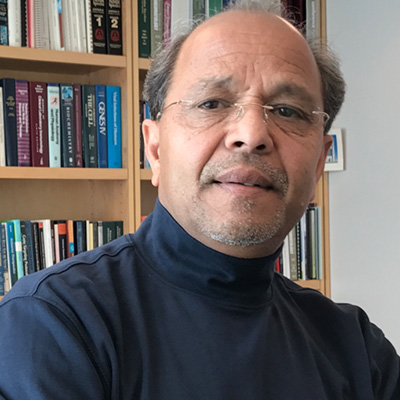
Looking for something?

Sudhir Agrawal, D.Phil.
Founder and President, Arnay Sciences
Affiliate Professor in the Department of Medicine, UMass Chan Medical School
How did you become interested in the field?
It was a call from Paul Zamecnik in mid-1986. At the time, I was doing my postdoctoral research with Mike Gait at the Laboratory of Molecular Biology, Medical Research Council (MRC) in Cambridge, UK. Paul was the first to report the mechanism of antisense in 1978 and, during the call, mentioned that he had recently applied the application of antisense to inhibit HIV-1, a newly discovered virus. In a couple of follow-up calls, we discussed the next steps in antisense research, and he invited me to join his team. I joined his lab in January of 1987 at the Worcester Foundation of Experimental Biology in Shrewsbury, Massachusetts (now UMass Chan Medical School). Since then, I have been involved in research related to antisense therapeutics and other mechanisms. My first papers on antisense describing various oligonucleotide modifications, including phosphorothioate, were published in 1988.
Who were your early mentors?
I have been fortunate to meet great mentors. Mike Gait gave me an opportunity in his lab, where I was exposed to solid-phase oligonucleotide synthesis and the early days of automation in 1985-1986. Mike has been a great mentor and is always available for advice, even today. Recently we collaborated in editing a book entitled “Advances in Nucleic Acid Therapeutics.” During my time in Mike’s lab, I met the late Dan Brown, who, after retiring from Cambridge University, had joined the MRC. It was fun to interact with Dan, who was always available to compare notes on complex chemistry topics. I learned about antisense from Paul Zamecnik during our interactions over 22 years until his passing. He was a great teacher and mentor and became my father figure. He was very polite and soft-spoken and always enjoyed talking about the history of science about developments in his lab over fifty years. While in his lab, I had the pleasure of reading his handwritten lab notebooks which he had in his office since 1926. These include details of experiments carried out to support his 1978 publications on antisense. During the early days of antisense research, Paul and I visited the late Gobind Khorana at MIT to compare notes on our findings, and his insights were constructive. Gobind encouraged me to edit books on oligonucleotide synthesis in the mid-nineties, and he wrote a Foreword note. In addition to these mentors, I have had the pleasure of learning a great deal from my colleagues, collaborators, and friends.
How did you become involved in OTS?
I have been a member of OTS since it was founded and has served as a board member in the past.
Why do you continue to support society?
OTS is a melting pot of basic and translational research and brings together scientists and clinicians to create a new class of medicines.
What is special about the type of research/work you’ve done?
My research interest has been in elucidating the importance of the specific sequence and how to employ chemical modifications to provide drug-like properties to oligonucleotides. Our early work with phosphorothioate oligonucleotides as antisense has led us to optimize the approach further. This led us to introduce mixed-backbone oligonucleotides as antisense (also called gapmer) to degrade targeted RNA by RNase H and phosphorothioate 2’- substituted RNA for modulation of splicing. Lately, my work has been on understanding the role of a particular sequence and its’ interaction with pattern recognition receptors, including how this may be used for immunotherapy. In addition, I continue to try and use the insights gained over the years to optimize antisense chemistry further.
What do you like to do in your free time?
Hiking, gardening, and cooking
Other fun facts/tidbits you’d like us to know?
While my research is related to chemical biology, I follow the developments related to genetic engineering in botany.


